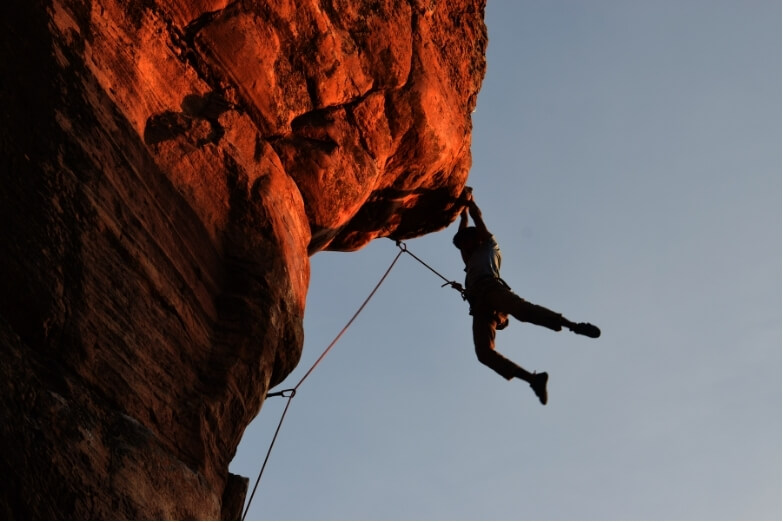Blog, Physiotherapy
Finger Pulley Injury in Rock Climbing: What You Need to Know

Finger pulley injury in rock climbing is one of the most common setbacks climbers face – and it’s one you don’t want to ignore.
Whether you’re hitting the crag on weekends or pushing hard in competition, recognising and managing this type of injury early can make all the difference in your recovery and long-term performance.
What’s a Finger Pulley?
Inside each finger are several bands, called pulleys, that act like loops, holding tendons close to the bone as you bend your fingers.
When gripping holds that place high force on the fingers, especially in a crimped position, one of these pulleys (most often the A2) can become overstretched or torn.
Common Signs of Pulley Injury
You might have a pulley strain if you notice:
- A sudden pain or ‘pop’ at the base of a finger during climbing
- Pain when gripping or closing the finger
- Swelling or tenderness along the tendon
- A feeling of instability when putting pressure on the finger
How These Injuries Happen
A finger pulley injury in rock climbing mostly results from high-load gripping, repeated stress, or under-prepared fingers encountering too much force. Think dynamic moves, small edges, or training on fingerboards too early in a season.
Your Physio Can Help
Seeing a physio early makes a difference.
Your treatment plan may include:
- Protective taping to support the finger and reduce load
- Swelling management through manual therapy and active movement
- Graded exercises to rebuild finger strength and tendon integrity
- Load guidance so you don’t push too hard, too soon
Your physio will also check for other contributing factors like shoulder mechanics or poor technique that might be increasing stress on your hands.
Timeline and Return to Climbing
With a mild injury, recovery may take a few weeks. More significant strains might need a longer rehab window.
A key milestone? Being able to bear finger load without pain and showing good control through a full range of motion.
Returning to the wall should be gradual, with controlled drills, appropriate rest, and tweaks to grip technique as needed.
Climb Smarter, Not Harder
Suffering from a finger pulley injury in rock climbing is common but preventable and treatable with the right rehab approach.
If you’re dealing with finger pain or want help building resilience, a physiotherapist with climbing knowledge can guide your recovery and get you back on the wall safely.
 |
Written By:
Bachelor of Physiotherapy (Hons) |
References
Vagy, J. (n.d.). How to rehab a climbing pulley injury. The Climbing Doctor. Retrieved July 7, 2025, from https://theclimbingdoctor.com/how-to-rehab-a-climbing-pulley-injury/theclimbingdoctor.com+1theclimbingdoctor.com+1
Anytime Physio. (2018, December 17). Finger pulley injury rehabilitation. Retrieved July 7, 2025, from https://anytimephysio.com.au/finger-pulley-tear-treatment/anytimephysio.com.au+1blog.anytimephysio.com.au+1
Schöffl, V., Hochholzer, T., Winkelmann, H. P., & Strecker, W. (2003). Pulley injuries in rock climbers. Wilderness & Environmental Medicine, 14(2), 94–100.en.wikipedia.org+1thomasbondphysio.blogspot.com+1


